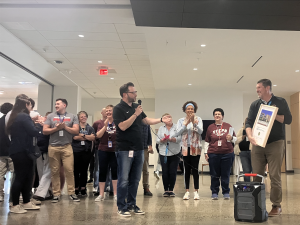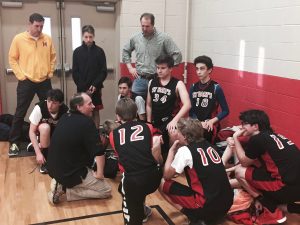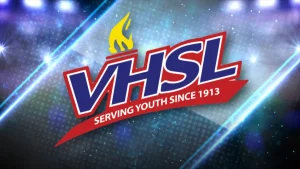One Pill Can Kill: Naloxone Training in Northern Virginia
April 14, 2023
Schools in our area are suffering the impacts of the opioid crisis, which is on the rise nationwide. The PTSA, Health and Wellness Committee, FCEF, and Community Services Board partnered together to hold a REVIVE! training at Meridian on Wednesday, March 22 to address the pressing issue.
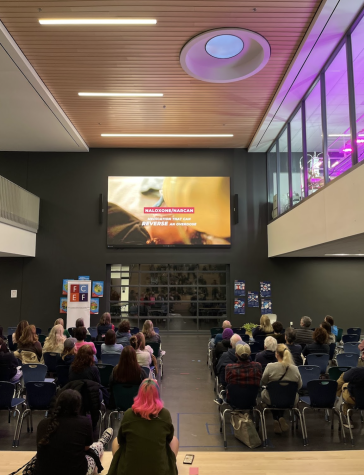
The training commenced with a viewing of the documentary “One Pill Can Kill,” later transitioning to explaining the signs of an opioid overdose, providing Naloxone administration training, handing out free REVIVE kits, and conducting a Q&A with the filmmaker, Molly Hermann.
“The idea was to create a film that was really a warning about fentanyl,” Hermann said. “We really wanted to educate.”
Game Changer, a statistics-based nonprofit, launched their “One Pill Can Kill” campaign to go with the film. The documentary was made up of interviews with children from high schools and middle schools in West Virginia about their personal experiences encountering opioids in their lives.
According to the film, just 14 grains of sugar are equivalent to the amount of fentanyl in a lethal dose. They interviewed an incarcerated drug dealer who explained that when drug dealers are selling drugs, all they are focused on is making money.
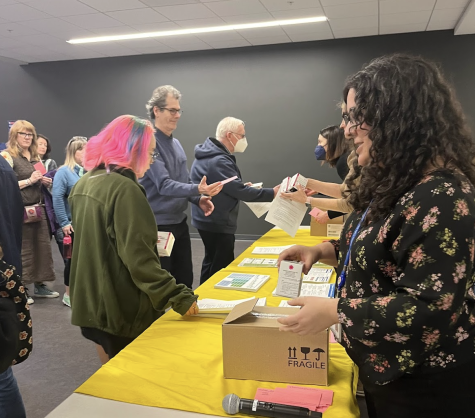
“You can’t solve someone’s addiction if they’re no longer alive,” said Hermann. She further explained that there’s never a reason to refuse to administer Naloxone to someone.
During the Q&A, one parent asked if students are allowed to carry Naloxone with them to school. The administration answered that there is no specific policy addressing this and that they would reach out to the school board for further details.
“You can always ask for help,” said Behavioral Health Specialist Wendy Hunt. She explained that addiction isn’t always visible, and it can be easily masked. Education about what addiction can look like, signs of an overdose, and generally spreading the word about how Naloxone works are all ways to step in and support our community. She explained that everyone deserves another chance and that when people start to understand the severity of opioid addiction and the opioid crisis, they can take action and create change.
For more information about opioid overdose prevention visit: REVIVE! training resources, youth substance use treatment resources, or suicide prevention alliance of NoVA.




